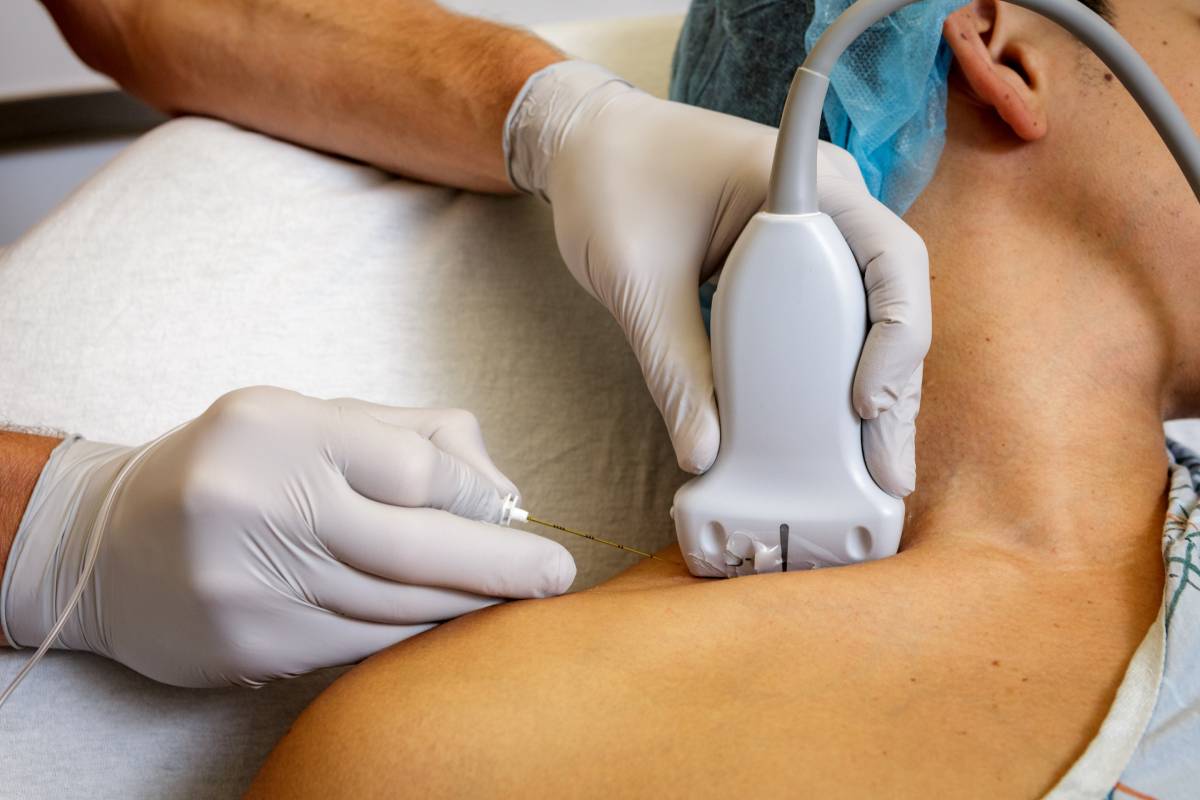Postoperative delirium is a common complication following surgery, particularly among elderly patients [1]. Characterized by acute and fluctuating changes in mental status, delirium can lead to serious consequences such as prolonged hospital stays, increased morbidity and mortality, and higher healthcare costs [1,2]. To mitigate these adverse effects, early detection and assessment of postoperative delirium are essential. In recent years, medical researchers and practitioners have developed and refined various tools for assessing and managing delirium in the postoperative setting.
One such tool is the Confusion Assessment Method (CAM), one of the most widely used tools for assessing delirium in general, including in the postoperative setting [3]. It is a reliable and validated instrument designed to be administered by healthcare professionals [3,4]. CAM evaluates four features of delirium, specifically acute onset and fluctuating course, inattention, disorganized thinking, and altered level of consciousness [3,4]. If the patient meets the criteria for acute onset and inattention, the diagnosis of delirium is established [3,4].
Second, the Delirium Rating Scale-Revised-98 (DRS-R-98) is a comprehensive tool used for assessing the severity of delirium in postoperative patients [5]. It evaluates cognitive impairment, fluctuating consciousness, psychomotor behavior, sleep-wake cycle disturbance, and other key features of delirium [5]. The DRS-R-98 provides a more detailed and nuanced assessment of delirium, allowing healthcare professionals to monitor its progression and tailor interventions accordingly [5].
Third, the Nursing Delirium Screening Scale (Nu-DESC) is specifically designed to be convenient fornurses, making it a valuable tool in the postoperative setting where nurses play a pivotal role in patient care [6]. The Nu-DESC is a brief and easy-to-administer scale that evaluates six key indicators of delirium: level of consciousness, inattention, disorientation, hallucination or delusion, psychomotor retardation, and psychomotor agitation [6].
Last, the 4 ‘A’s Test (4AT) is a rapid and reliable screening tool specifically designed for delirium assessment in older adults [7]. It is easy to administer and can be used by healthcare professionals across different disciplines [7]. The 4AT evaluates four domains: Attention, an Abbreviated mental test, Acute change or fluctuation, and Alertness [7]. Its brevity and simplicity make it suitable for use in busy postoperative settings, facilitating early detection and intervention.
Postoperative delirium poses significant challenges for patients, caregivers, and healthcare systems. However, with the availability of various validated assessment tools, healthcare professionals can promptly identify and manage delirium, leading to improved patient outcomes. The Confusion Assessment Method (CAM), Delirium Rating Scale-Revised-98 (DRS-R-98), Nursing Delirium Screening Scale (Nu-DESC), and 4 ‘A’s Test (4AT) are four essential instruments that play a crucial role in the early detection and management of postoperative delirium. By incorporating these tools for assessing delirium into routine clinical practice, healthcare providers can enhance patient safety, reduce complications, and promote a smoother recovery process for postoperative patients.
References
- Ho, M., Nealon, J., Igwe, E. et al. (2021). Postoperative delirium in older patients: A systematic review of assessment and incidence of postoperative delirium. Worldviews on Evidence‐Based Nursing, 18(5), 290-301.
- Oh, S., & Park, J. (2019). Postoperative delirium. Korean journal of anesthesiology, 72(1), 4-12.
- Inouye, S., van Dyck, C., Alessi, C., Balkin, S., Siegal, A., & Horwitz, R. (1990). Clarifying confusion: the confusion assessment method: a new method for detection of delirium. Annals of internal medicine, 113(12), 941-948.
- Waszynski, C. (2004). Confusion assessment method (CAM). Medsurg Nursing, 13(4), 269.
- Sepulveda, E., Franco, J., Trzepacz, P. et al. (2015). Performance of the Delirium Rating Scale-Revised-98 against different delirium diagnostic criteria in a population with a high prevalence of dementia. Psychosomatics, 56(5), 530-541.
- Barnes, C., Webber, C., Bush, S. et al. (2019). Rating delirium severity using the nursing delirium screening scale: a validation study in patients in palliative care. Journal of Pain and Symptom Management, 58(4), e4-e7.
- Hou, L., Zhang, Q., Cao, L. et al. (2022). Diagnostic accuracy of the 4AT for delirium: A systematic review and meta-analysis. Asian Journal of Psychiatry, 103374.










